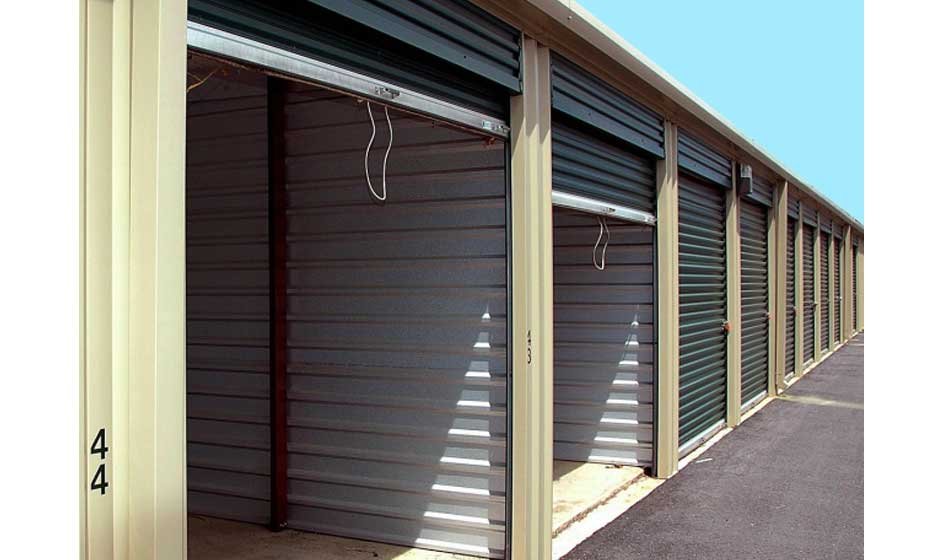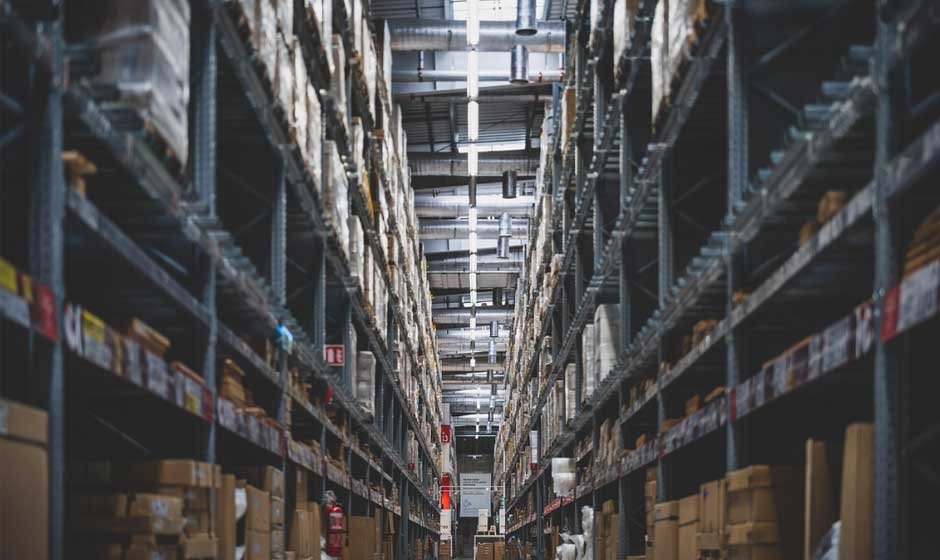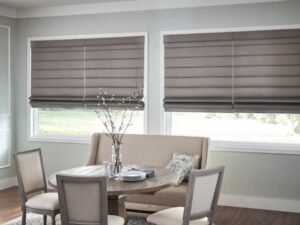Finding a secure and practical storage unit is often more challenging than expected. The process isn’t only about renting a space; it involves balancing accessibility, budget, size, and reliability. Whether you’re clearing space at home, downsizing, managing a move, or handling business overflow, choosing the right facility plays a major role in safeguarding your belongings and simplifying transitions. This guide aims to steer you through the key considerations so that your decision is both informed and stress-free.
Proximity and Accessibility
One of the most practical starting points is the facility’s location. Being able to reach your items without inconvenience can save time, reduce transportation costs, and streamline errands or business operations. When assessing options, storage in Palmerston North stands out for its central accessibility, reliable road networks, and variety of unit sizes available across the city. A good facility near your residence or workplace reduces friction in your daily routine and gives peace of mind knowing that your stored items are never out of reach.
Size and Scalability
The space you need now might not match what you need six months down the line. Many storage users underestimate the value of flexibility. Whether you’re storing a few boxes of documents, large furniture, or seasonal inventory, there should be a range of unit sizes to pick from. Check if the provider allows you to scale up or down with minimal effort. Some may even offer intermediate solutions, like shared warehouse space or modular units. Being able to adjust without hassle means you’re not overpaying for unused space or scrambling to find alternatives during growth periods.
Security Measures
Stored items are often out of sight for extended periods, which makes safety a leading priority. Keycard access, monitored CCTV, and perimeter fencing are standard in high-quality facilities. What varies is how these are maintained and updated. Ask about surveillance hours, how frequently the systems are reviewed, and whether staff are present during operating hours. Units should have individual locks, and some may offer options like alarms or internal sensors. Don’t just take security claims at face value—tour the site and observe how well it’s maintained. A clean, organized site often reflects how seriously the facility takes protection and oversight.
Climate and Environmental Control

Temperature swings, humidity, and pests can quietly damage valuables over time. Documents, electronics, upholstered furniture, and antiques all respond poorly to uncontrolled conditions. Even if the region isn’t known for extreme climates, moisture and dust can accumulate in subtle ways. Some facilities offer temperature-regulated or humidity-controlled units designed for sensitive storage. Others might use pest barriers and routine inspections. If you’re storing anything organic, fabric-based, or sensitive to heat and cold, environmental control is more than a luxury—it’s a safeguard.
Lease Terms and Pricing Transparency
The cost of a unit involves more than the monthly fee. Look for clarity on all charges, including deposits, insurance requirements, late fees, and any rate increases after the initial term. Avoid contracts that include aggressive auto-renewal clauses or penalties for early cancellation. Ask how frequently prices are adjusted and whether long-term contracts offer discounts. Some facilities operate on a month-to-month basis, while others lock in rates for longer terms. The best providers will explain all policies upfront without pressure. When fees are clearly outlined, it becomes much easier to compare options and avoid surprises.
Customer Support and Operating Hours
Reliable customer service can make all the difference when using a storage facility. Questions come up, plans shift, and occasionally, something goes wrong—so having responsive support in place helps keep things running smoothly. A provider that answers calls promptly, responds to emails within a reasonable time, and offers practical solutions when issues arise is worth prioritizing. Walk-in support or on-site personnel can be a major advantage, especially if access problems occur or you need help navigating the facility. Some locations even provide app-based systems that allow you to manage your account, view invoices, and request changes without a phone call.
Pay close attention to access hours, not just office hours. If you’re storing tools, business inventory, or items for frequent use, late-evening or early-morning availability might be non-negotiable. Not all facilities operate 24/7, and limited access windows can be inconvenient when you’re on a tight schedule. Some storage companies separate customer service hours from unit access hours, so confirm both. It’s also worth asking whether there’s a difference between weekday and weekend access, or if holiday restrictions apply.
Choosing a storage unit isn’t only a practical decision—it’s one that directly affects convenience, cost, and peace of mind. From location and size flexibility to climate control and customer service, each aspect plays a role in determining whether a facility is the right fit. A careful look at how each option operates in real-world terms, not just marketing promises, can prevent frustration and protect your belongings over the long term. With the right space, storage becomes less of a chore and more of a reliable extension of your home or business.










